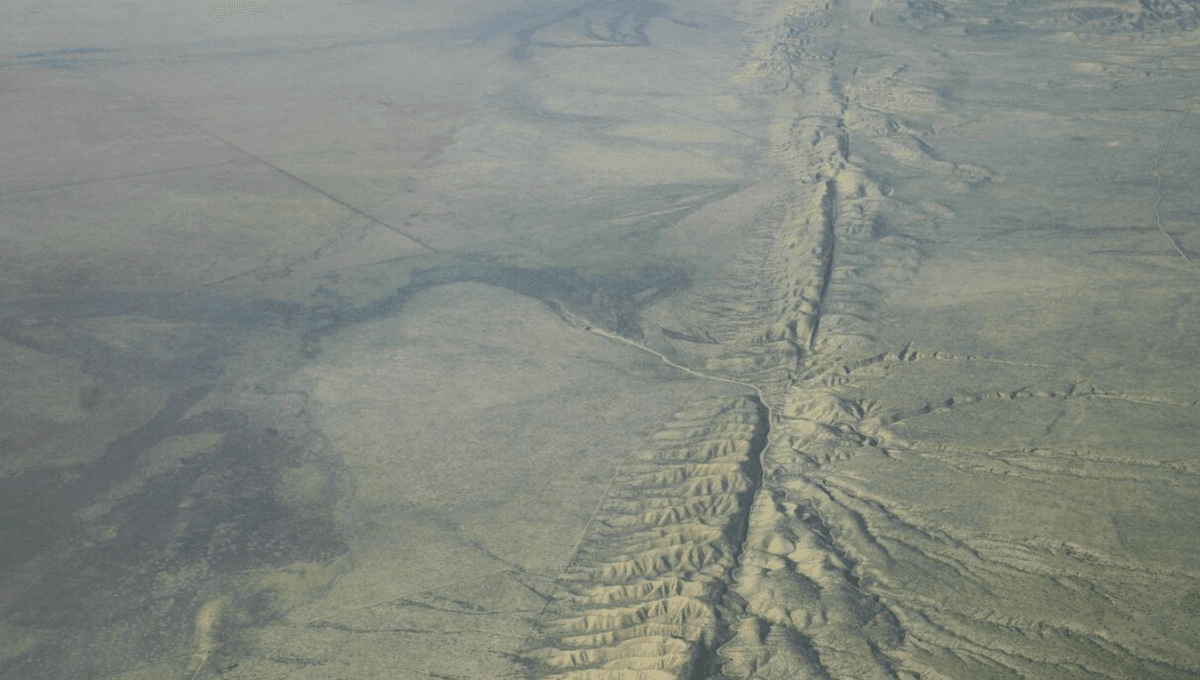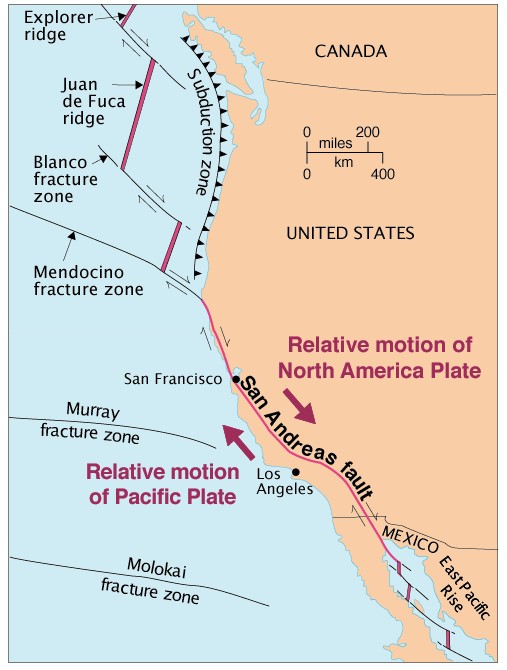California Is Overdue A Massive Earthquake – But We May Have Been Picturing It All Wrong

California Is Overdue A Massive Earthquake – But We May Have Been Picturing It All Wrong
Many suspect that California’s San Andreas Fault is brewing yet another major earthquake. However, it might not necessarily play out as scientists thought it would – just look at the recent disaster in Myanmar.
The rest of this article is behind a paywall. Please sign in or subscribe to access the full content. In a new study, researchers from the California Institute of Technology took a close look at the Mw7.7 Mandalay earthquake that caused havoc through Myanmar, Southeast Asia, back in March 2025. Using satellite imagery of the landscape before and after the quake, they aim to refine the models that suggest how future fault movements may behave. The Mw7.7 Mandalay earthquake was a nasty one. The catastrophic shake-up killed thousands of people, with countless others left injured or missing. Tremors were even felt as far as China, India, Vietnam, and Thailand. The researchers explain that it occurred along an “unusually long” stretch of the Sagaing Fault, primarily on a section that had not broken for almost 200 years. The activity took place along a 510-kilometer (317-mile) stretch of the fault, marking the longest continental rupture ever documented. However, this isn’t necessarily what researchers would have anticipated to happen. Drawing on records of past earthquakes along the Sagaing Fault, scientists expected that a major rupture would eventually strike along a 300-kilometer (186-mile) stretch. This expectation comes from the seismic gap hypothesis, which suggests that unmoving fault sections will eventually break to release the accumulated strain. While the 2025 earthquake did rupture this long-quiet segment, it went far beyond expectations, implying that the fault not only released the long-stored strain, but also exceeded the anticipated amount. Map of the San Andreas Fault in California, USA. Image credit: USGS (public domain) Back in California, the San Andreas Fault is remarkably similar to the Sagaing Fault. Both are straight strike-slip faults, running hundreds of kilometers. The latest findings gathered from the Mandalay earthquake indicate that scientists need to up their models if they want to see how the next “Big One” at the San Andreas Fault plays out. Most seismic hazard models today rely on statistical patterns of past earthquakes and are “time independent,” meaning they estimate the likelihood of shaking over a set period without considering the current state of the fault. For instance, they might calculate the probability that an earthquake above a certain magnitude will occur somewhere in a region within the next 30 years. But to make truly meaningful forecasts for a specific time window, such as the coming three decades, models need to incorporate when a fault last moved, which segments slipped, and the amount of slip that occurred. In other words, current models might look at other earthquakes along the San Andreas fault, such as California's 1906 earthquake and the 1857 Fort Tejon earthquake, but they would not adjust the forecast based on the fact that some sections of the fault have been locked and building strain for far longer than others. Once you consider this, it's possible to see that future earthquakes are not going to be simple re-runs of past earthquakes in the region. "The study shows that future earthquakes might not simply repeat past known earthquakes. Successive ruptures of a given fault, even as simple as the Sagaing or the San Andreas faults, can be very different and can release even more than the deficit of slip since the last event," Jean-Philippe Avouac, the Earle C. Anthony Professor of Geology and Mechanical and Civil Engineering and director of the Center for Geomechanics and the Mitigation of Geohazards at Caltech, said in a statement. "In addition, historical records are generally far too short for statistical models to represent the full range of possible earthquakes and eventual patterns in earthquake recurrence. Physics-based models provide an alternative approach with the advantage that they could, in principle, be tuned to observations and used for time-dependent forecast," continued Avouac. The study is published in the journal Proceedings of the National Academy of Sciences.


